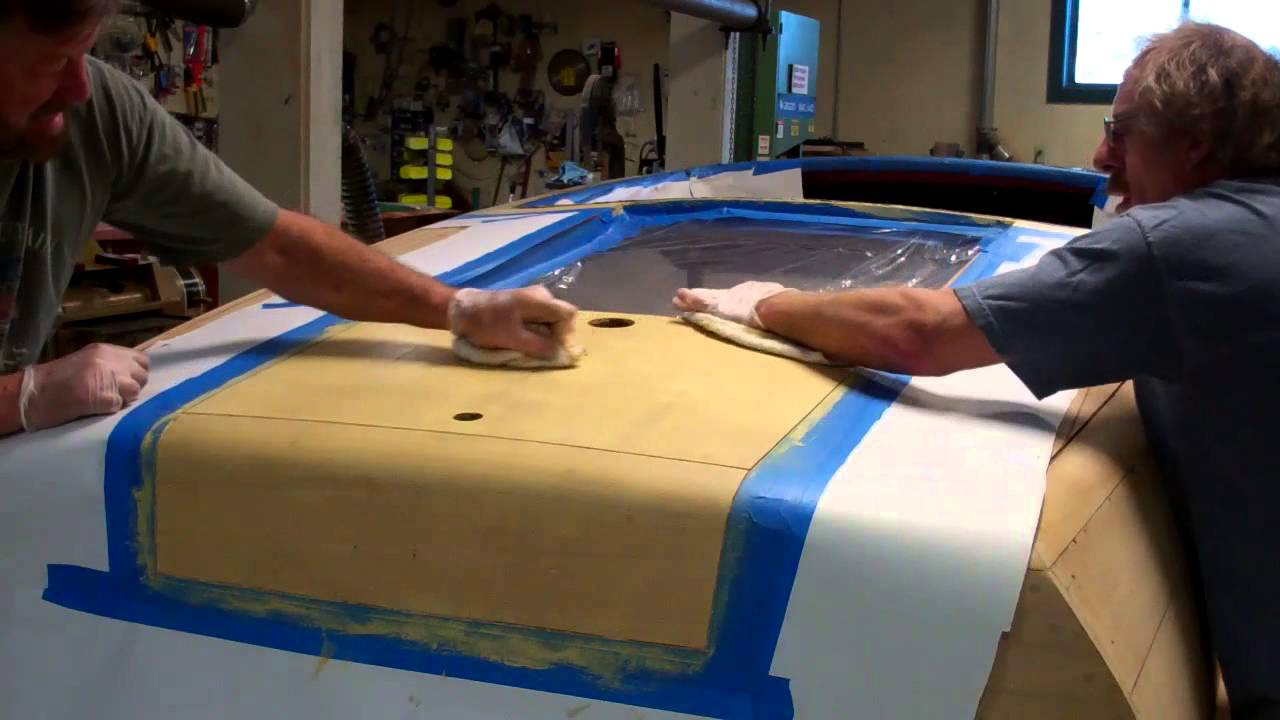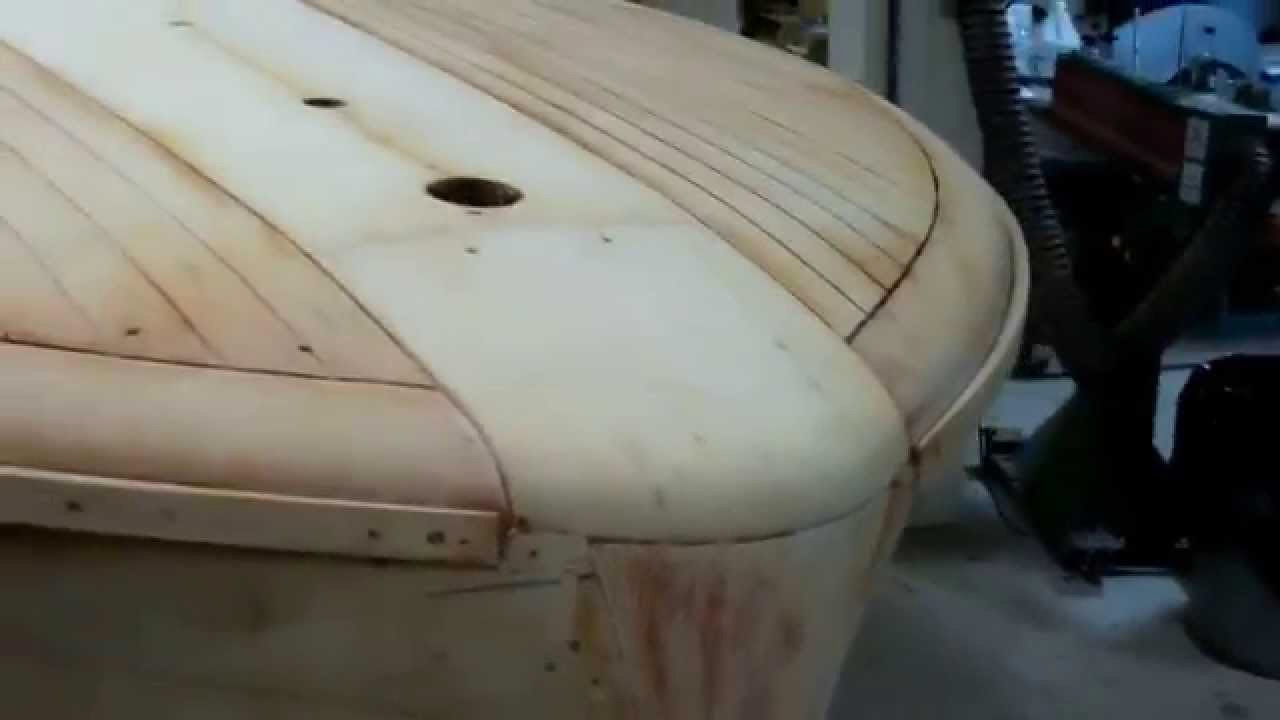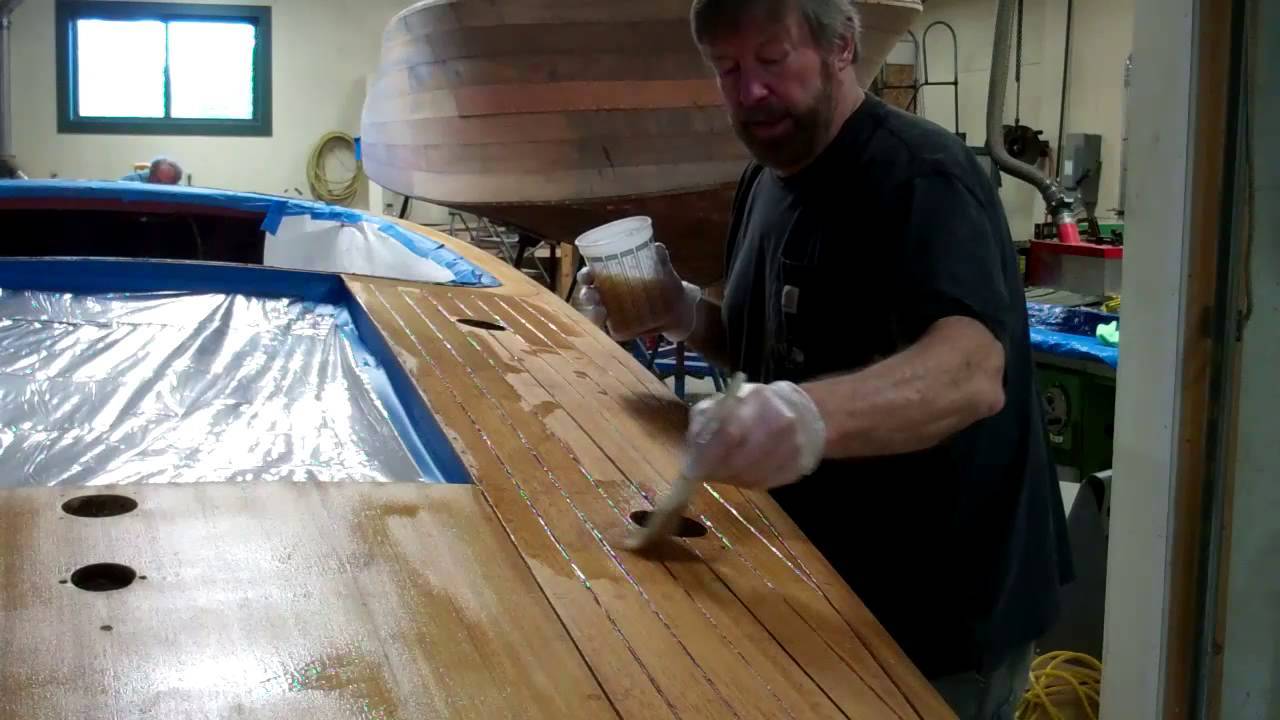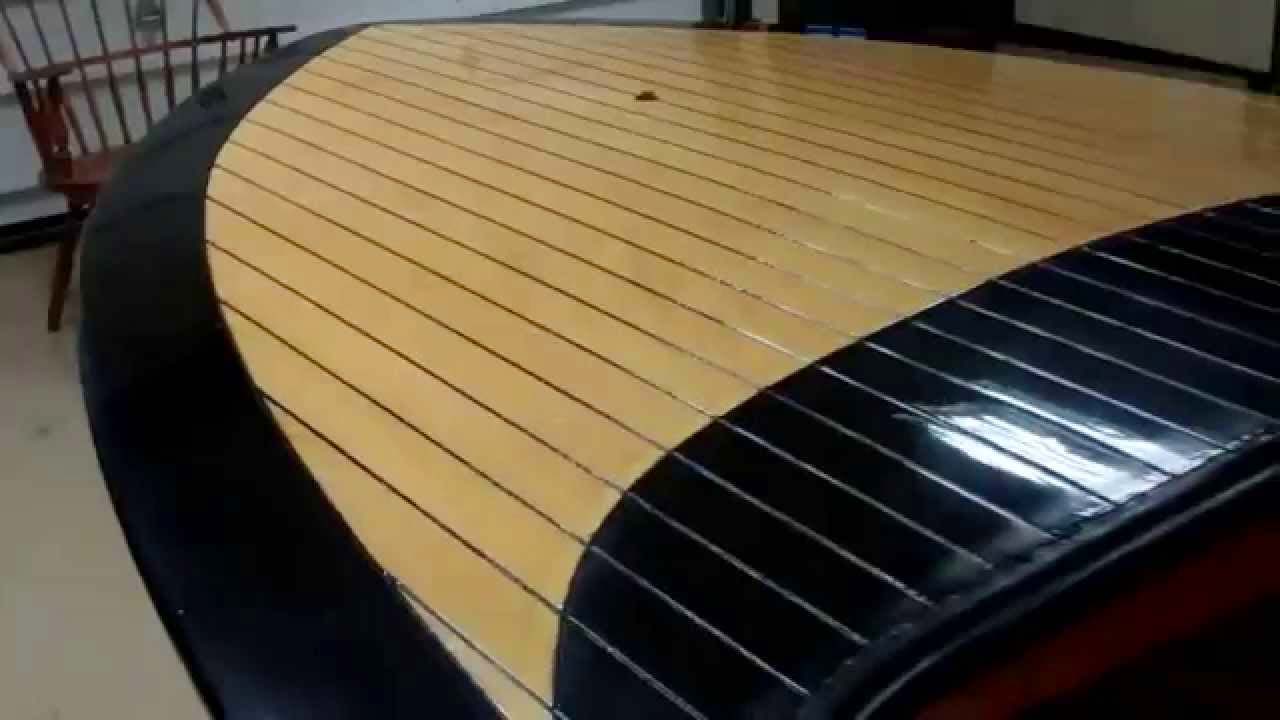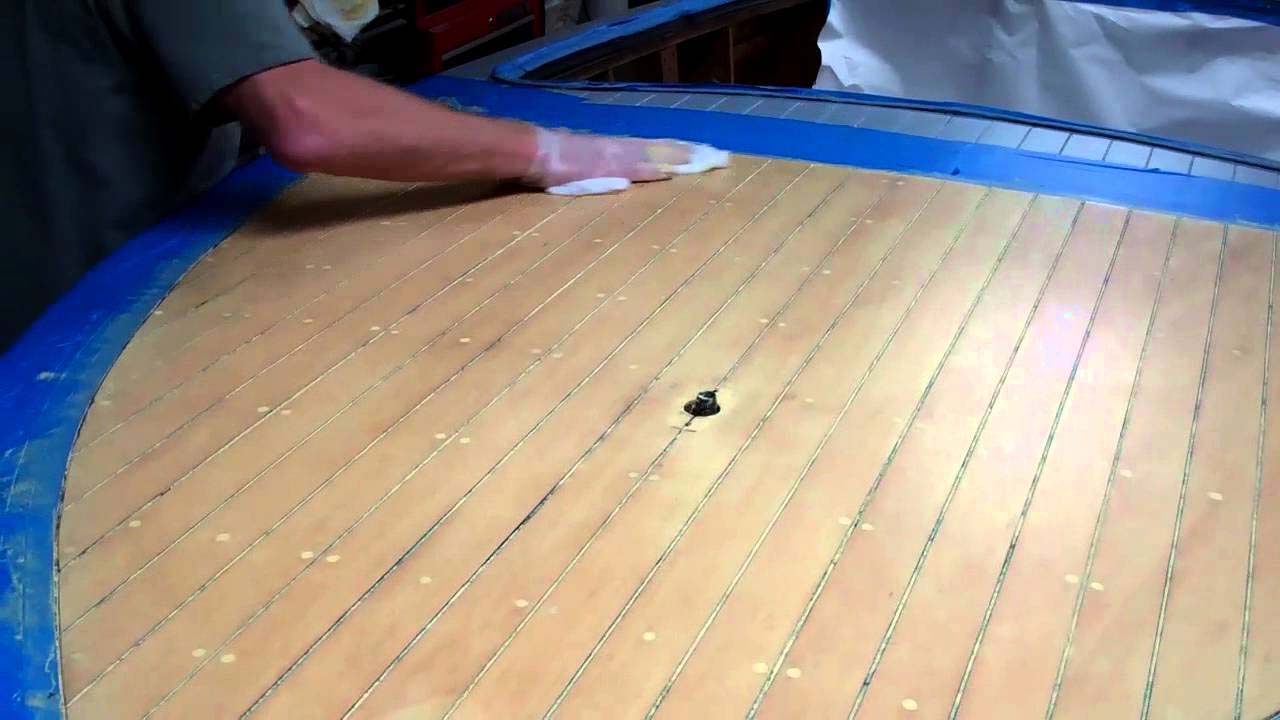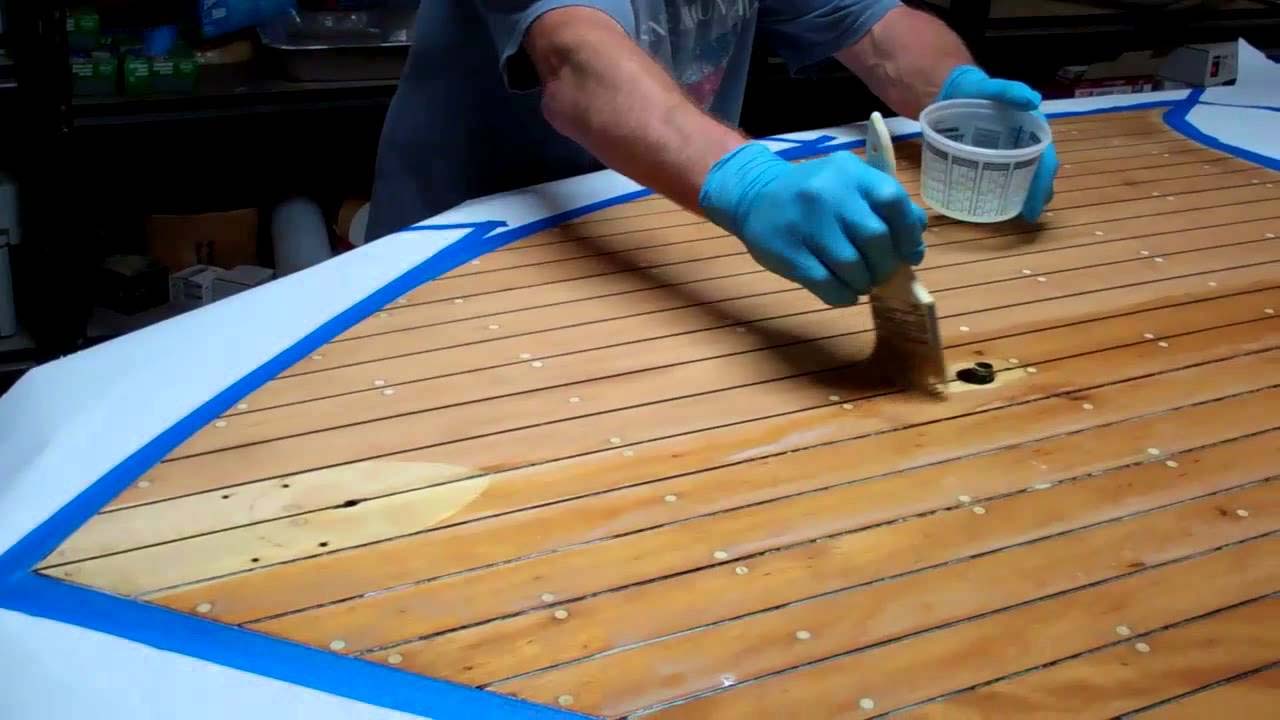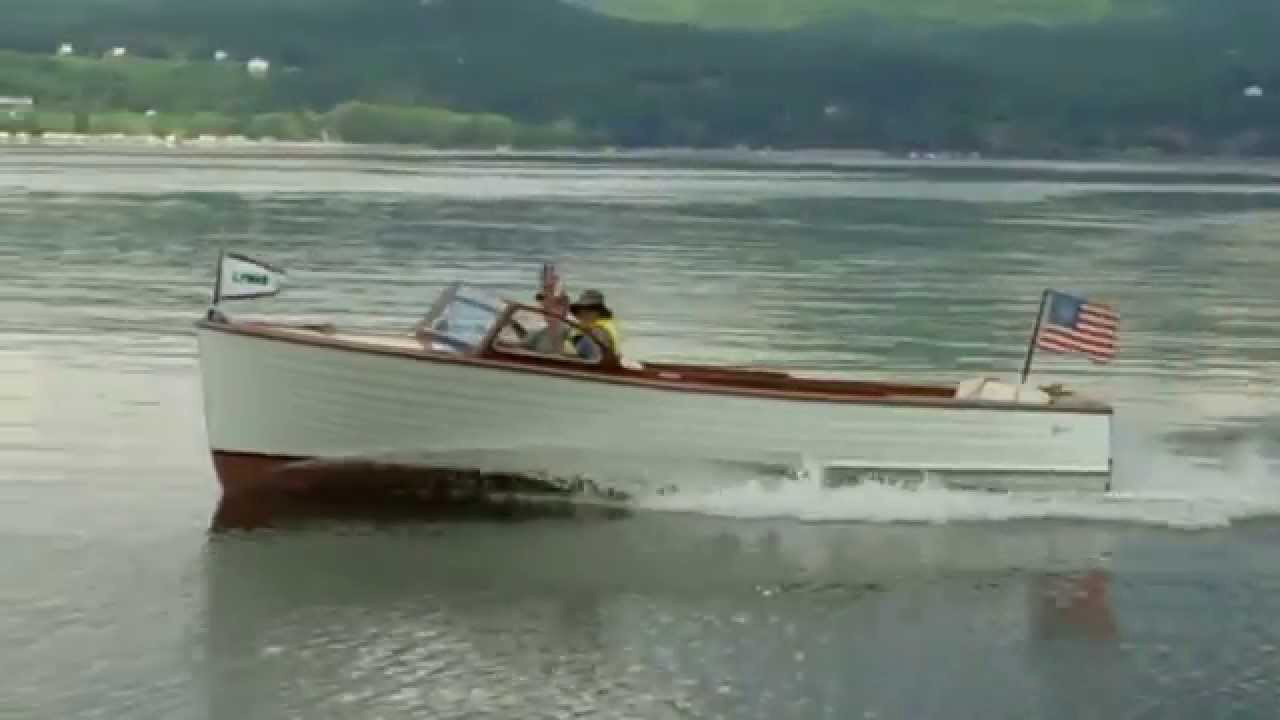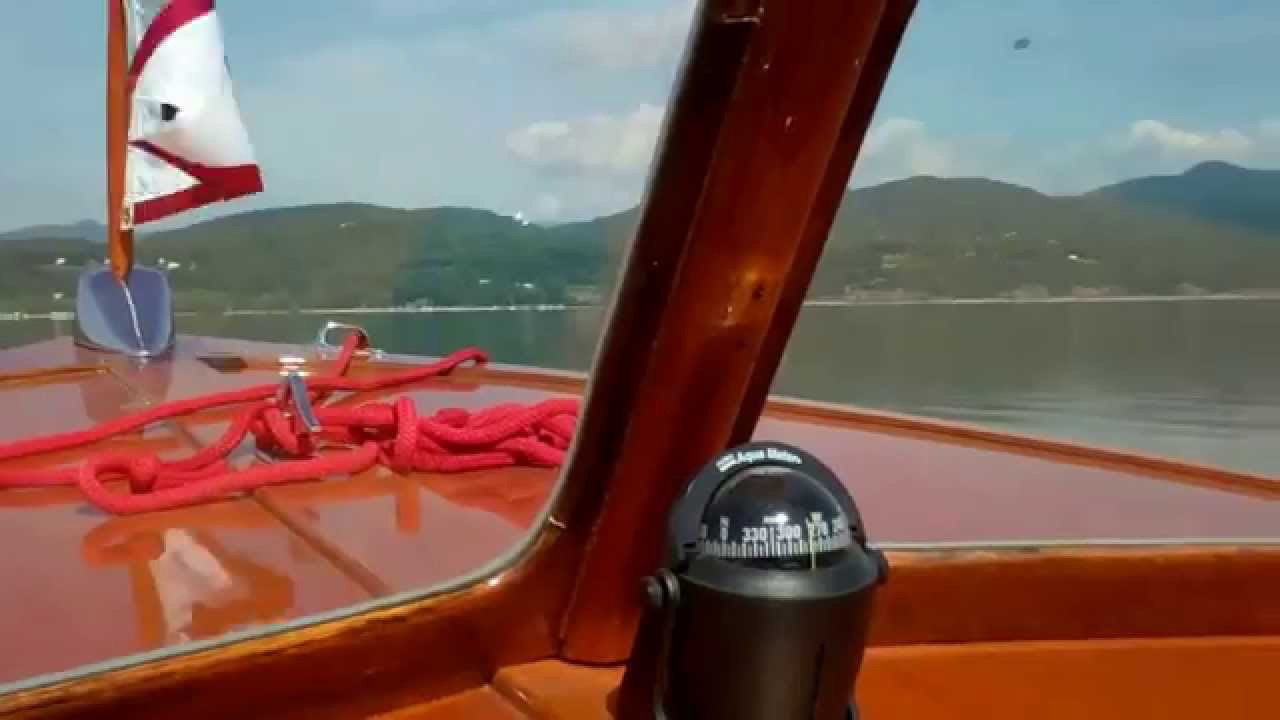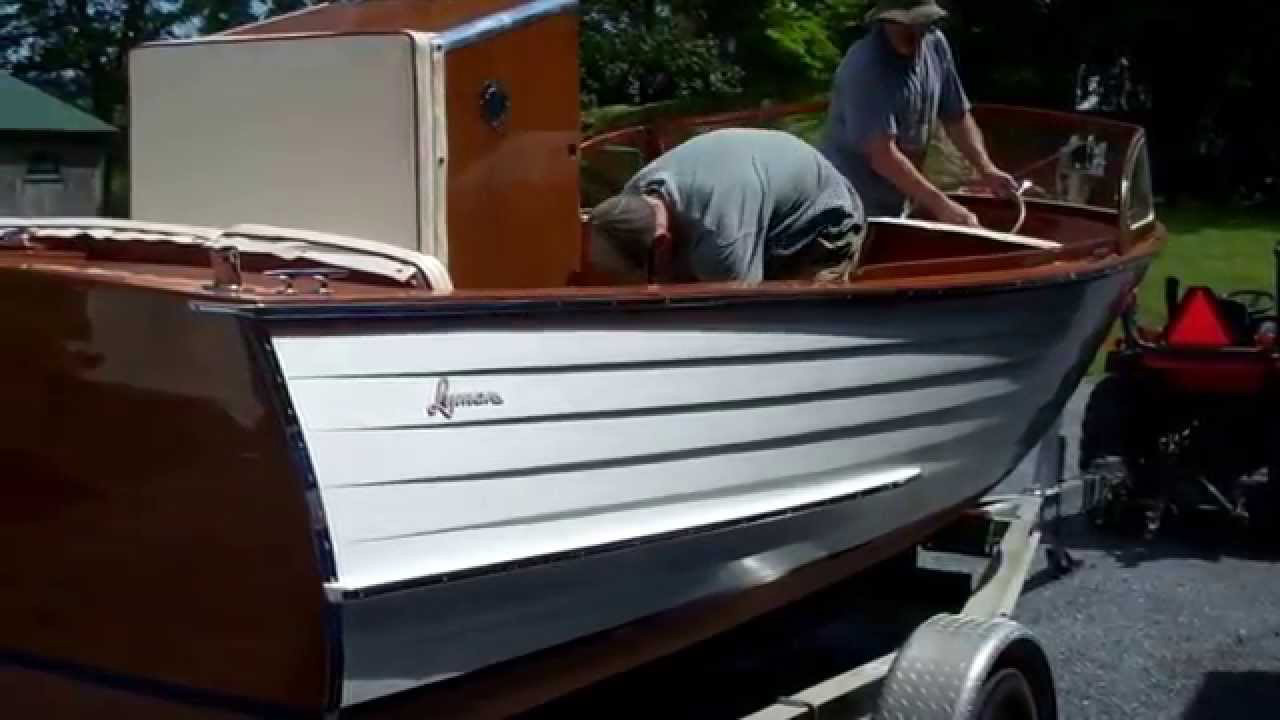Snake Mountain Boatworks has been entrusted with preserving what will one day again be a truly sexy little runabout, a 1957 Penn Yan Captivator.
We are indebted to her owners, who found her in New Hampshire, for their commitment to this project and for trusting SMB to execute it in an historically-correct manner. By spring she will ride her newly-preserved, chrome yellow Tee Nee trailer, herself having been returned to her original glory, to this couple’s home on the shores of one of the Adirondacks thousands of lakes.
She has been treated terribly by at least one well-meaning but woefully uninformed woodworker. Her original upholstered, almost bucket seating was torn out and replaced by what probably was quite expensive slat-centric seating.
Fortunately for this boat, a friend who owns an original Captivator, and whose Vermont home is nearby, offered his boat to serve as our pattern when we begin fabricating the interior “furniture” anew.
Not satisfied with having destroyed her cockpits, this person then turned his/her attention to her decks, topsides and transom. Staining the beautiful, original mahogany planking black walnut seemed to be perfect. Not!
We began by completely stripping the cockpits down to the ribs, discovering that a half-dozen or so of them are broken, which presents unique challenges in the case of Striptite construction.
Today I am focusing on striping varnish and pulling stain out of the wood. The latter task is made every so much more doable by the Circa 1850 Heavy Body Paint and Varnish Remover I am using. As you can see when I turn my attention to the aft deck, this product allows me to bleed all of the old stain out of the wood, leaving only beautiful mahogany behind.
We will keep you updated as this project moves forward.

